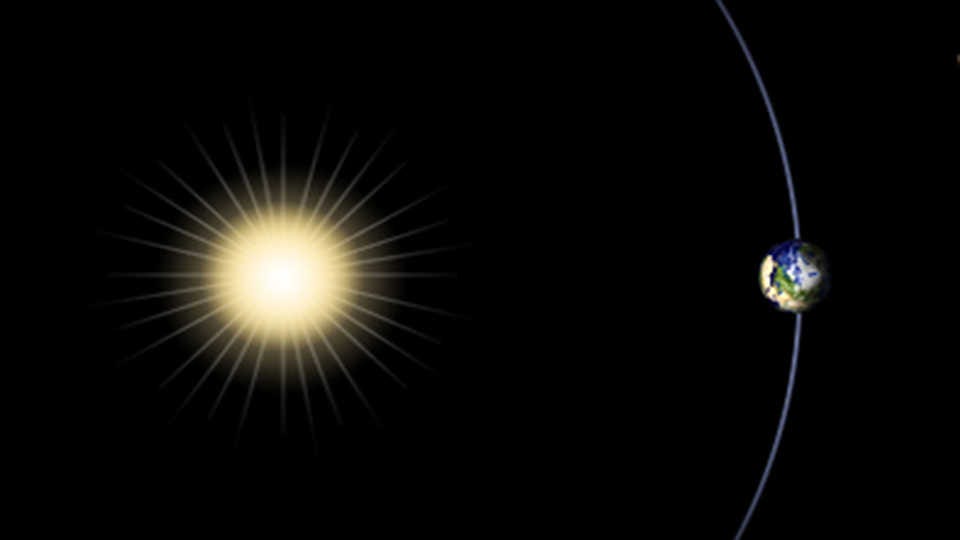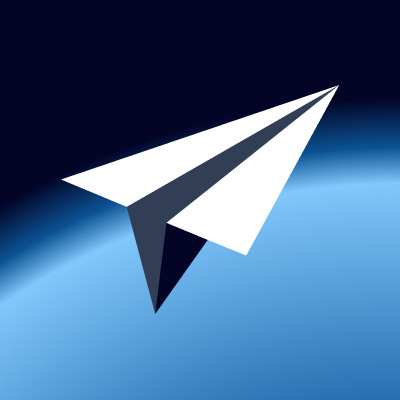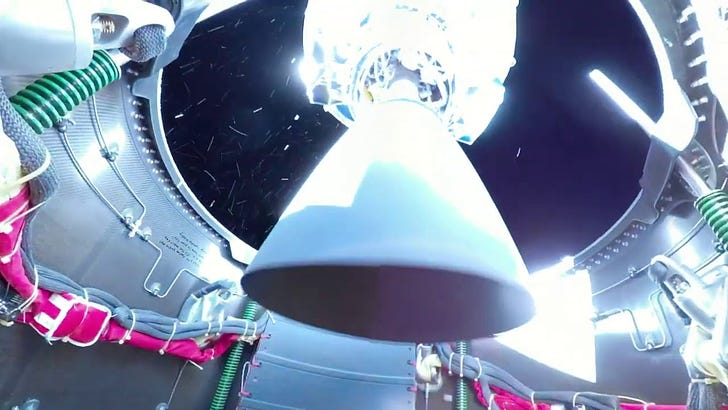The Overview — Anniversary
Fueling the next generation of aerospace engineers
Anniversary
The completion of one full orbit of the Earth around the Sun — marking a year since the beginning of something worth celebrating
It’s Been a Year (or so)!
Hello subscribers (The Overviewers?),
We are a little over one year into the Overview journey, and what a journey it has been! Thank you for subscribing, reading our newsletters, our articles, and for listening to the podcasts. From the beginning, our mission has been to provide aspiring aerospace engineers with engaging articles and podcasts that showcase technical perspectives on the various facets of aerospace and personal experiences from across the field.
As an editorial team, we are proud of the vibrant collection we have built. A heartfelt thank you to all those who have contributed articles so far; you are all amazing! We hope to continue growing The Overview as a space for learning, reflection, and community. If you have a topic that you’d like to see covered or want to contribute something yourself, please feel free to reach out to us!
Thanks again from The Overview!
A Year in Orbit: Some Amazing Prior Work
To celebrate, we’re highlighting some incredible articles from the past that you may have missed. We have also compiled all of the articles on The Overview into thematic sections, which you can explore in our full anniversary retrospective:
The Overview's One-Year Anniversary
This past year has been one of remarkable momentum in aerospace. At The Overview, nearly 50 writers and guests have shared their stories, spanning cutting-edge research, personal journeys, and the evolving landscape of the space economy.
First, Alexandra Haraszti’s amazing article about why origami is important for large, deployable space structures, and how her hobby became her research field as an aerospace engineer:
How to Fold a Spaceship
Folding origami in space; that certainly was not on my bucket list in middle school as I was spiraling into my newfound paper-folding passion. All I wanted to fold was dragons. Even when a friend’s father sent me a video of a self-assembling, origami-inspired, walking robot, I considered the ancient Japanese art to be a hobby separa…
On the more humorous end, we have Mark Paral’s great compilation of anonymous stories about how people he interviewed got their internships. Because you may often end up asking your friends, “How exactly did you land that?”:
How'd You Land That?! (Part 2)
May is blowing in quick which means it’s almost time to pack our bags and take a break from classes for a while! But what to do with ourselves? I don’t know about you, but I’m not used to all this fr…
Working on engineering projects is one of the best ways to get hands-on experience as an undergraduate. The Brigham Young University’s rocket team knows this since they also won the 2023 edition of the coveted Spaceport America Cup. Check out their story here:
Navigation has been around for as long as humans have explored their surroundings. Now, as robots must precisely operate on land and in space, research into key navigation technologies like GPS becomes critical. In this article, Sukrut explains some of the technology behind GPS and his journey into navigation work:
Humanity's Journey Towards Precise Navigation
A few weeks ago, I found myself giving a talk about improving navigation and GPS systems to a room full of PhDs, industry experts, and government officials in Honolulu. As a junior at Stanford, what place did I have here? And as someone studying computer science, why was I so interested in GPS technology? The answer is simple:
You may think of aerospace structures as rigid objects, but in reality, they are bending, twisting, vibrating, and interacting with moving fluids inside and outside the body. All this requires analysis and modeling, and that’s exactly what Aaron Fang is an expert at. In this article, he goes over his journey and also why his field is so important in practice:
An Introduction to Loads and Dynamics
High forces acting on a structure will cause things to break. So how high are the forces, or loads (as they’re generically called)? How hard can predicting loads be? Turns out, pretty difficult - enough for an entire aerospace discipline to be dedicated to only generating loads. The challenge is in the details:
🔔 Join The Overview Discord!!!
The Overview has always been about building a community to share aerospace knowledge. Now, we’re launching a new space to bring that mission to life:
🎉 Introducing The Overview Discord!
Come chat about the latest happenings in aerospace, emerging technologies, and new articles and podcasts! You’ll also get a chance to give direct feedback on what you want to see next.
💬 Quote of the Week
“Look again at that dot. That's here. That's home. That's us. On it everyone you love, everyone you know, everyone you ever heard of, every human being who ever was, lived out their lives . . . It has been said that astronomy is a humbling and character-building experience. There is perhaps no better demonstration of the folly of human conceits than this distant image of our tiny world.
To me, it underscores our responsibility to deal more kindly with one another, and to preserve and cherish the pale blue dot, the only home we've ever known.”
― Carl Sagan, Pale Blue Dot
Thanks for joining us for The Overview — The Anniversary Edition. Can’t wait to see you on our Discord!
If you enjoyed this edition, share The Overview with a friend or colleague who’s passionate about making aerospace an inclusive and welcoming community. Got any thoughts, questions, or topic requests? We’d love to hear from you — feel free to reach out at admin@theoverview.org!
Stellar vibes,
Tagg, Anshuk, Maggie, Isaac









